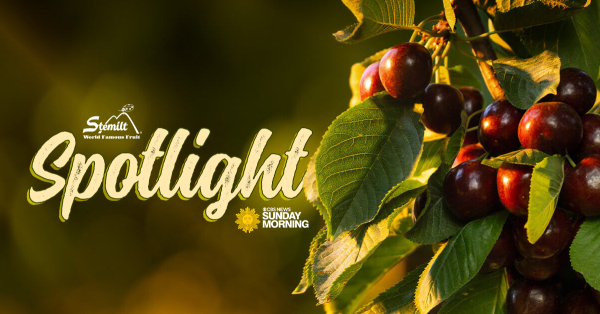
See Inside the Doomsday Arctic Seed Vault
NORWAY – Tucked away on a remote island in the furthest reach of the Svalbard archipelago, there lays a dormant vault deep inside a mountain that could be humanity’s last bastion of hope in the event of a cataclysmic worldwide disaster.
If that sounds like the plot of some science-fiction film, you wouldn’t be too far off from the truth. You may be surprised, however, to find that such a facility does indeed exist. And the best part? It’s built to house the world’s largest collection of seeds. Millions and millions of them - from lettuce, eggplant, and potato seeds to wheat and rice.

You don’t need to travel long distances and brave the cold, snowy mountains for an interactive visit to the vault. The Crop Trust, an international organization dedicated to safeguarding crop diversity, has created a webpage featuring incredible 360-degree photographs inside the facility. You can view these photographs by clicking the green button below.

Built to withstand natural catastrophes, flooding, and apocalypse-level devastation, the seed vault serves as the last back-up for one of the most important natural resources on earth. Today, it holds more than 870,000 samples from almost every nation in the world – an estimated 556 million seeds in total – all stored at -18 degrees Celsius (-0.4 degrees Fahrenheit) to prevent degradation. Specially-designed packages for the seeds are used to keep temperature and moisture levels low so that they remain viable for decades, centuries, or even thousands of years.
The location of the facility also helps to preserve the seeds. The cold climate and permafrost ensures that the vault remains naturally frozen in case of a power failure.

All together, the Kingdom of Norway spent nearly $9 million to begin constructing the vault eight years ago – a worthwhile investment to develop the ultimate insurance policy for the world’s food supply.
Though we haven’t yet seen a disaster that’s fitting for “the end of the world,” CNN reports that an early withdrawal has been made as a result of the Syrian civil war last October. Scientists at a gene bank in Aleppo began recovering seeds from the vault to resume important research into new strains of drought- and heat-resistant wheat away from the conflict in Lebanon and Morocco.

According to Reuters, there will be two more deposits made in the vault in March and May of 2016, though the details remain unclear at this time.
While it’s good to know we’re prepared for Earth’s destruction in advance, let’s just hope that’s as far in advance as possible…and that the vault keys don’t get lost!




















